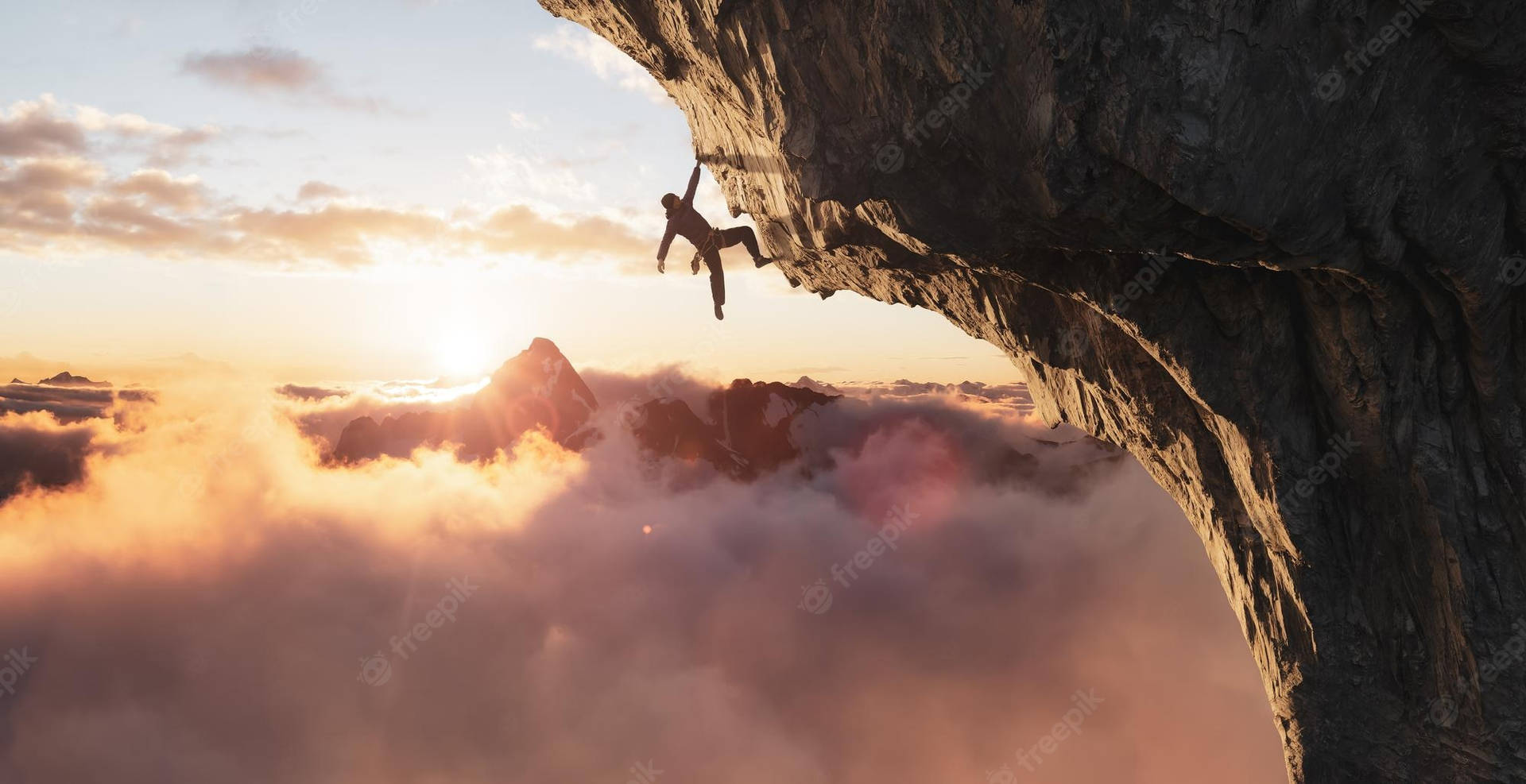
FAQ About Climbing
Climbing
2 years ago | gizem
What is the difference between indoor and outdoor climbing?
Indoor climbing and outdoor climbing are two distinct types of climbing experiences. Here are the main differences between the two:
Indoor Climbing:
- Location: Indoor climbing takes place in climbing gyms or indoor facilities specially designed for climbing. These gyms offer artificial climbing walls with a variety of holds, textures, and routes.
- Controlled Environment: Indoor climbing provides a controlled and predictable environment. The climbing routes are set by route setters, and the holds are fixed in place, ensuring a consistent experience for climbers.
- Weather: Indoor climbing is not affected by weather conditions, making it a reliable activity year-round.
- Safety: Indoor climbing gyms are designed with safety in mind, and climbers typically use top-rope or lead climbing techniques with safety equipment like ropes, harnesses, and belay devices.
- Accessibility: Indoor climbing gyms are more accessible to urban areas, making it easier for people to engage in climbing without traveling long distances.
- Training: Climbing gyms are excellent places for beginners to learn climbing techniques, safety procedures, and improve their climbing skills.
- Community: Indoor climbing gyms foster a strong climbing community, providing opportunities to meet other climbers and share experiences.
Outdoor Climbing:
- Location: Outdoor climbing takes place on natural rock formations, such as cliffs, mountains, or boulders.
- Natural Challenges: Outdoor climbing presents a variety of natural challenges, including varying rock types, weather conditions, and route conditions that are not artificially set.
- Gear Placement: In outdoor climbing, climbers often use traditional climbing gear (nuts, cams, slings) to place protection in cracks and crevices on the rock, rather than relying on pre-placed bolts.
- Risk and Adventure: Outdoor climbing carries more inherent risks, as it involves factors like rock quality, loose rock, exposure to the elements, and longer approaches to climbing areas.
- Experience and Knowledge: Climbers engaging in outdoor climbing should have experience and knowledge in anchor building, route finding, and understanding potential hazards.
- Environmental Impact: Climbers must be mindful of the impact they have on the environment while climbing outdoors, such as avoiding damage to the rock and following Leave No Trace principles.
